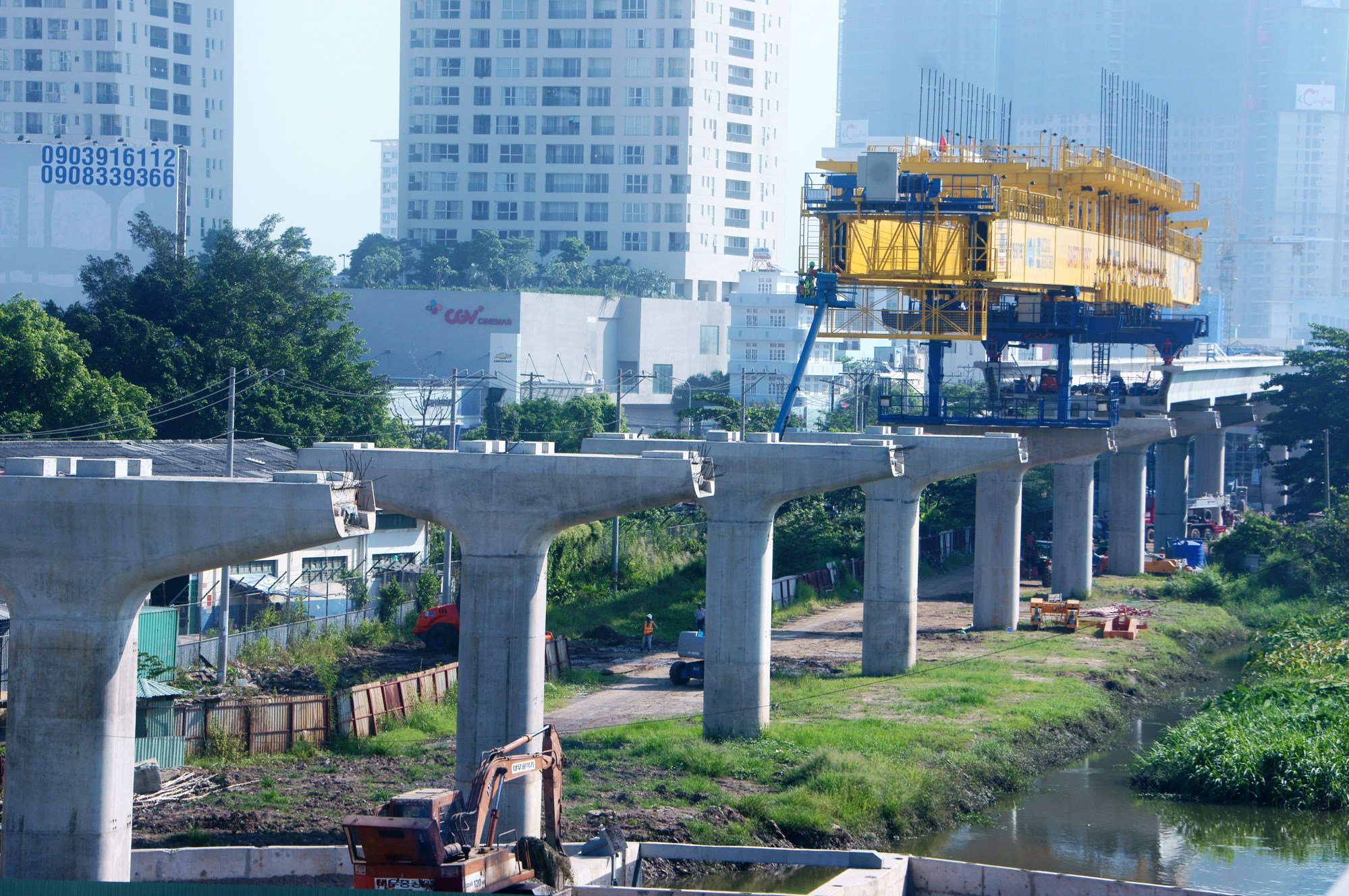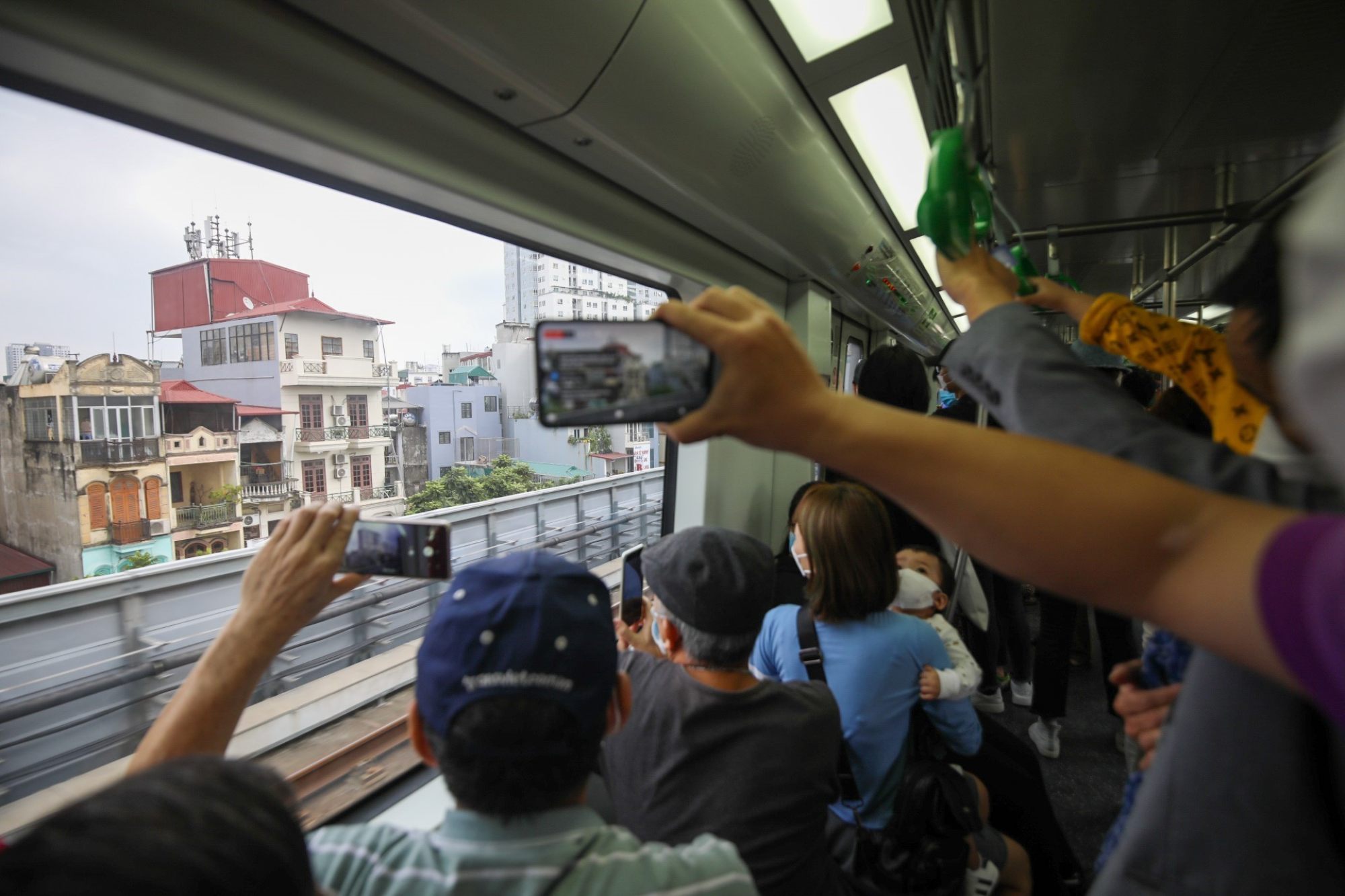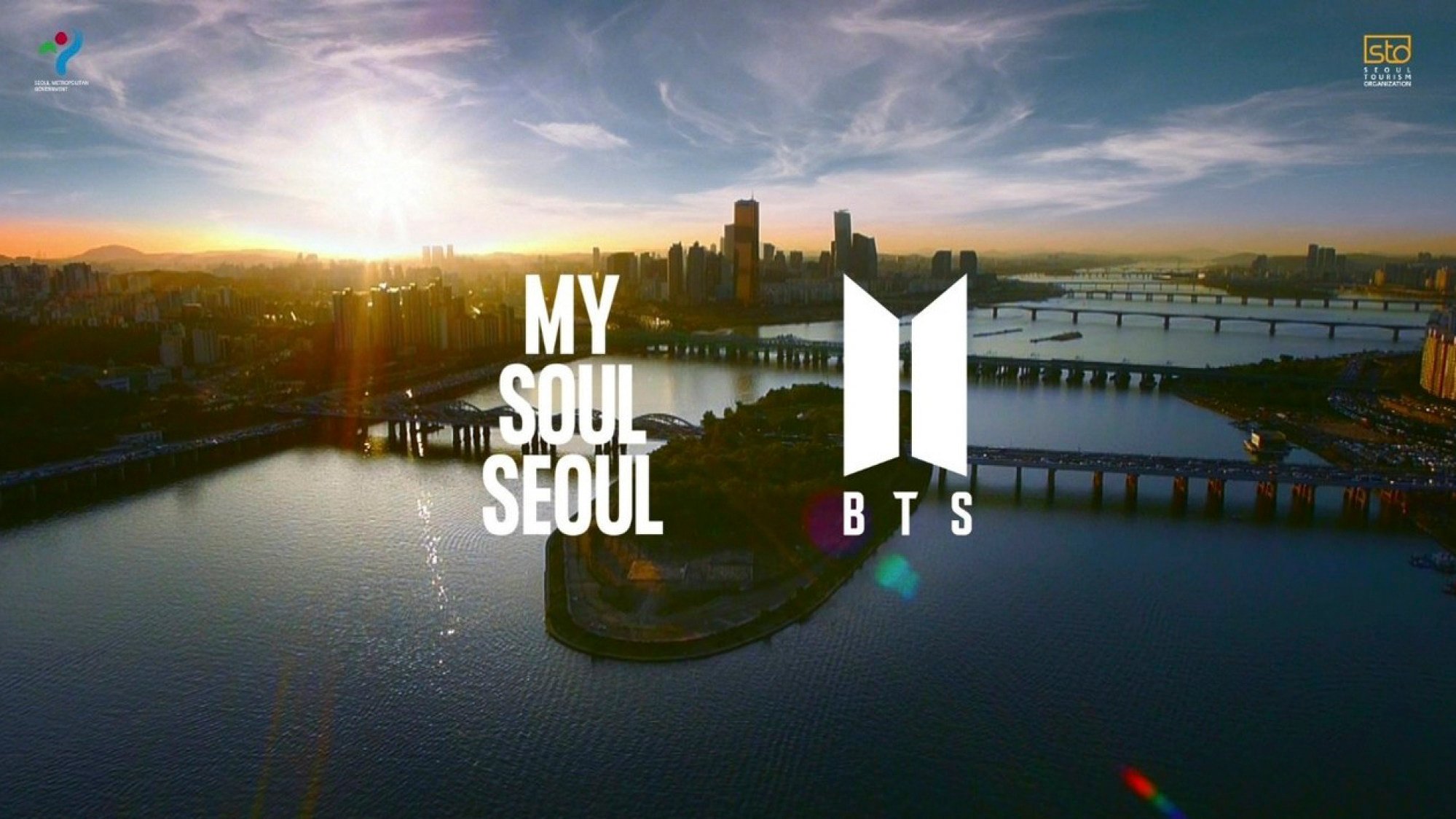
In Vietnam’s Battle of the Metros, Chinese-led Hanoi project delivers an operational line as Japan’s Ho Chi Minh City system inches towards opening
- As construction of Vietnam’s Chinese-built Hanoi and Japanese-led Ho Chi Minh City metros continues, safety issues with the former have fed into stereotypes
- But at least it has a line running, unremarkably in the most positive sense. And safety issues haven’t deterred the many Hanoians who’ve already taken a ride
There has been a development in the Chinese vs Japanese, Hanoi vs Ho Chi Minh City Battle of the Metros in Vietnam.
“Both are facing delays, but a series of high-profile accidents has already cast a larger shadow over the Chinese-led effort in the capital.
“In contrast, the metro project led by Japanese conglomerates in Ho Chi Minh City has been accident-free. This feeds into long-standing assumptions in Vietnam about the perceived superiority of Japanese workmanship and engineering.”


Since then, the race to get an urban rail system up and running hasn’t been so much “tortoise and hare” as “tortoise and not-quite-so-slow tortoise”.
Eventually, though, Hanoi was the first to get the rolling stock rolling, with the 13.1km (8-mile), 12-station Line 2A going into service in November 2021, a mere five years behind schedule.

The city’s Line 3 – which has been held up by “a sluggish bureaucracy bordering on ineptitude”, according to the Nikkei Asia news site – is now expected to be operational in 2027 while the other eight envisaged lines – including No 1, which doesn’t appear to have ever been intended as the first – remain but twinkles in the urban planner’s eye.
One day, perhaps, Hanoi’s network will cover the full 417km that have been drawn with colourful pens on hopeful plans.
Down south, meanwhile, testing is coming to an end on the first line of Ho Chi Minh City’s metro system, more logically called Line No 1, which has three underground and 11 elevated stations.

On August 29, the first test run along the whole of Line No 1 took place. The trial marked the first time a train had operated along the entire 19.7km-long route, the VnExpress news site reports.
Nevertheless, Line No 1 and its Japanese trains are still not expected to be in commercial use until 2024 – despite initially having had 2018 as a start date.
Ho Chi Minh City has another seven lines planned, although, according to a different VnExpress article, it could take 100 years to have the whole 220km-long network operational, because of funding issues.

And a series of accidents during construction seemed to support the idea that the Chinese system was inferior: in 2014, steel reels fell from the construction site of a Line 2A flyover, killing a motorbike driver; the following month, a section of scaffolding fell from the same flyover, trapping three people in a taxi; in 2015, a steel bar fell from a rail construction site onto a car, nearly killing the driver; in 2017, a government inspection team detected rust on sections of the track that hadn’t been covered in protective paint.
Nevertheless, Hanoi’s trains are at least running, taking passengers from A to B, or in this case, Cat Linh, in Dong Da district, to Yen Nghia, in Ha Dong.
Will climate change end air travel as we know it as Asia heat hits new highs?
And they’re about as good as you should expect from any new metro system, according to James Clark, of the Future Southeast Asia blog: “On my first ride, it felt so familiar that I forgot the significance, I was on the first metro system in Vietnam. It felt so normal it was like I’ve always been riding on the Hanoi Metro.
“Perhaps that is a good thing. Like flying, the best flights are the most unremarkable ones.”

It seems Dr Phu Viet Le was correct.
In 2017, the senior researcher at the Lower Mekong Public Policy Initiative think tank told the South China Morning Post: “Some people may be pointing [out] that the line in Hanoi is built by China, so it must be of inferior quality relative to [the] Japanese one elsewhere. I find this preposterous.
“I don’t think people will be afraid of using public transport if it is convenient.”

Seoul-searching
OK, we’re confused. And to be honest, we’re not prepared to do the extra digging to find out the difference between “Seoul, My Soul” and “My Soul Seoul”.
The first, says The Korea Times, is the new slogan chosen by the city government to promote the South Korean capital to tourists, and replaces “I.SEOUL.U”, which, remarkably – given its deficiencies in grammar and meaning – survived for a whole eight years.

So does the city now use both “SMS” and “MSS”? Do we care?
No, we don’t. We still prefer “Hi Seoul”, introduced in 2002 and the first slogan used by the city, which was at least mercifully short.

